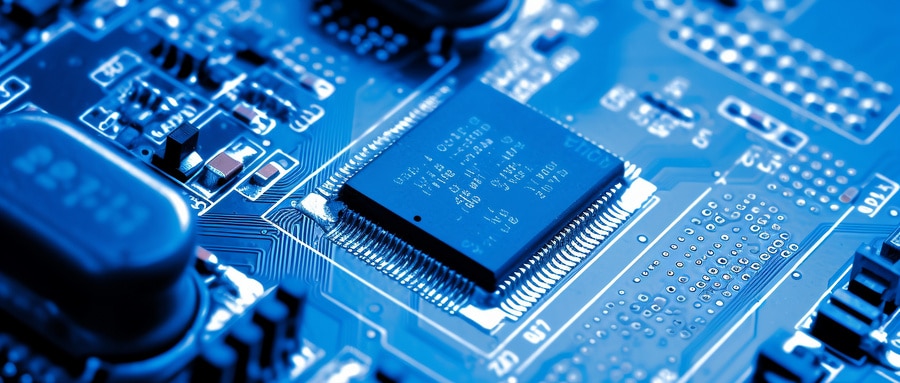Understanding PCB vs PWB: Untangling the Technical Jargon
Ever wondered about the difference between Printed Circuit Board (PCB) and Printed Wiring Board (PWB)? Both terms are commonly used when talking about electronics, and understanding their distinction is central to mastering electronics lingo. In this article, we will demystify these terms, detailing their meanings, differences, and usage in electronics manufacturing.
Deciphering the Terms: PCB vs PWB
Printed Circuit Board (PCB) and Printed Wiring Board (PWB) are integral components of electronic devices. Both terms are often used interchangeably in the electronics industry – but they have subtle differences.
Understanding Printed Circuit Board (PCB)
A Printed Circuit Board (PCB) serves as a sturdy base and electrical interconnector for electronic components. It typically contains conductive tracks, pads, and other features etched from copper sheets and laminated onto a non-conductive substrate.
Understanding Printed Wiring Board (PWB)
The Printed Wiring Board (PWB), on the other hand, typically refers to the non-populated or ‘bare’ board format. It offers the wired electrical connectivity but lacks the active and passive electronic components, which are added later to form a functional PCB.
The Key Distinction: PCB Vs PWB
The difference PCB vs PWB lies in the components. Simply put, a PWB becomes a PCB when electronic components are soldered onto it. A PWB is a broader term encompassing all types of non-populated boards, while a PCB represents an assembled, functional circuit board.
The Usage in Manufacturing
In manufacturing, the PWB is the starting point. It goes through several stages, including component mounting and soldering, to become a full-fledged PCB, ready for use in various electronic devices.
Formula for Success: PWB vs PCB
Other than simply mounting components, transitioning a PWB to a PCB also involves careful planning. Detailed considerations concerning heat generation, component lifecycle, vibration and shock handling, and device functionality play an essential role in ensuring the success of the finished PCB.
Conclusion: Growing Understanding in Electronics
Understanding the subtleties between a PWB and PCB deepens our understanding of electronics manufacturing. It allows us to appreciate the intricacies involved in producing the technological marvels we use daily, truly giving us insight into the world behind our screens.

FAQ:
- What is the difference PCB vs PWB?
The terms PCB (Printed Circuit Board) and PWB (Printed Wiring Board) are often used interchangeably, but they do have slight differences. A PWB refers specifically to a board that has only the copper tracks or ‘wiring’ and no populated components. On the other hand, a PCB is a PWB that has components assembled on it. - Does the manufacturing process differ for PCB vs PWB?
The manufacturing process for both is similar in the beginning. Both undergo processes like etching and drilling. However, for a PCB, after these stages, electronic components are soldered onto the board to create a functional PCB. - Is one superior to the other(PCB vs PWB)?
Neither is superior to the other; it is more a matter of what stage of production they are in. A PWB becomes a PCB after the components are soldered on. - Can a PWB be used in place of a PCB?
A PWB can’t perform the functions of a PCB as it doesn’t have the components attached. The components, along with the wiring, are what give a PCB its intended operational characteristics. - Do PCB vs PWB have different applications?
PWBs do not have a functional use of their own in electronics. It’s a term primarily used in the manufacturing process. PCBs, once populated with components, form the backbone of virtually all modern electronics. - Can PCB vs PWB be multi-layered?
Yes, PWB vs PCB can be single-sided (one layer), double-sided (two layers), or multi-layered. For multi-layered boards, insulating layers separate the different layers of conductive material. - Does the cost vary between the two?
Typically, a PWB would cost less than a PCB since the latter also includes the cost of components and assembly. But the overall cost depends on several factors including complexity, size, layers, and materials used. - How do we convert a PWB to a PCB?
To convert a PWB into a PCB, components must be soldered onto the board using a solder paste in appropriate spots as per the circuit design. - Are there design differences PCB vs PWB?
The design for both is usually the same. The difference comes in the final assembly. In the design phase, places for components and paths for electricity are designated. - Is the flexibility of the board affected on becoming a PCB from PWB?
The flexibility of the board itself is primarily determined by the material it’s made from and does not change when a PWB is populated with components to become a PCB.























